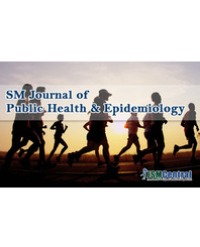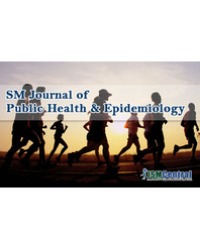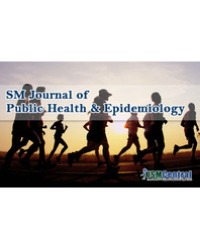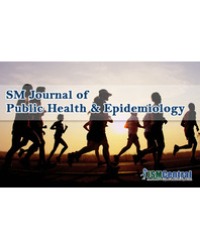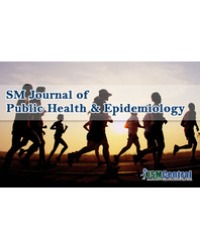
Challenges of ICTs Utilization among Health Professionals: The Case of Public Hospitals in Addis Ababa, Ethiopia
Background: Information Communication Technologies (ICTs) play vital roles to enhance the effectiveness and efficiency of healthcare industries worldwide. However, its utilization in developing countries is very limited. This study was aimed to identify challenges of ICTs utilization among health professionals working in hospitals, Addis Ababa, Ethiopia.
Methods: A cross-sectional quantitative study was done among 320 health professionals in February 2015. Health professionals were selected systematically from the alphabetical lists/ registration book/of health professionals in each hospital. Trained data collectors used a pretested self-administered questionnaire to collect data on different variables. Epi Info version 3.5.4 and SPSS version 20 were used to edit and analyze data respectively. Descriptive statistics to describe study subjects and bi/multi variable regression analysis to identify ICTs utilization factors were used. Odds ratio at 95% Confidence Interval (CI) was used to describe the association between dependent and independent variables.
Result: A total of 312 (97.5%) health professionals responded to the questionnaire. More than half of health professionals (58.0%) aged between 25-30 years. Only 141 (45.0%) and 135 (43.0%) were computer literate and had computer access respectively. For those who had computer access, 115 (85.0%) used it in their daily activities. Of 123 (39.0%) respondents who have printer/photocopy services, 68 (55.0%) used printers to assist their work. Nearly two-third, 197 (63.0%) of health professionals accessed the internet using mobile/computer. Less than half, 148 (47.0%) of health professionals have awareness on the application of ICTs in the health system. Age, educational status, computer access, personal initiation, infrastructure, computer literacy, poor internet connection, budget shortage and management style were significant factors to health professionals’ ICTs utilization in the study area.
Conclusion: Health professionals accessed and utilized ICTs inadequately to manage their patients. Personal (age, education level, computer skills, initiation/awareness), management style, infrastructure and resource shortage were factors for limited ICTs access and utilization. Improving ICTs access, computer literacy, internet connection, personal ICTs awareness and management are important to improve ICTs access and utilization among health professionals working in hospitals, Addis Ababa, Ethiopia.
Mulusew Andualem Asemahagn1*

